

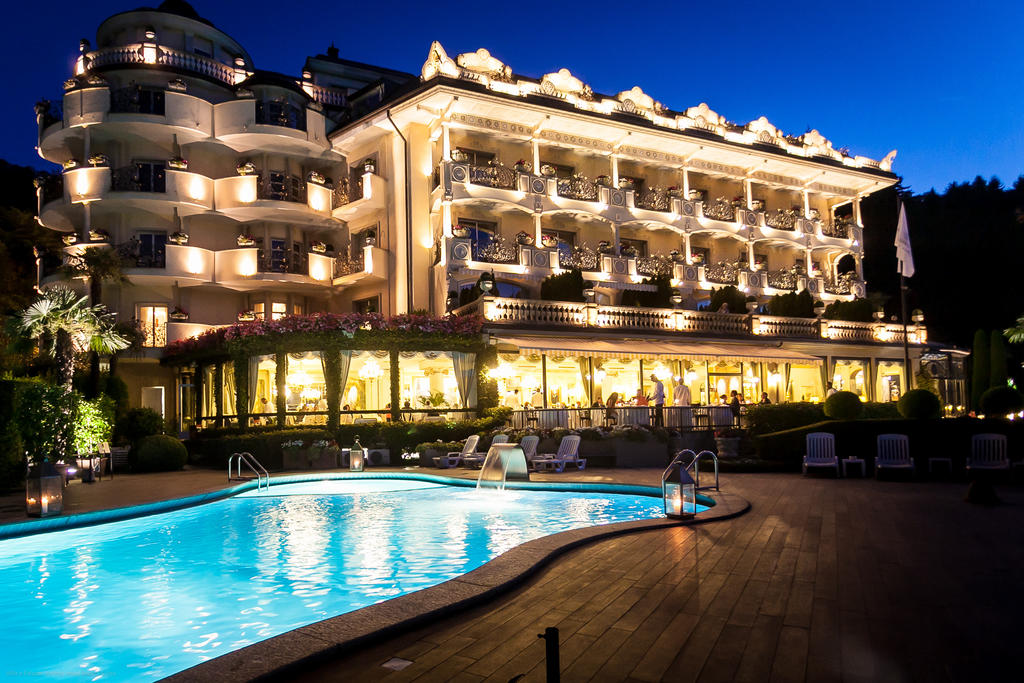



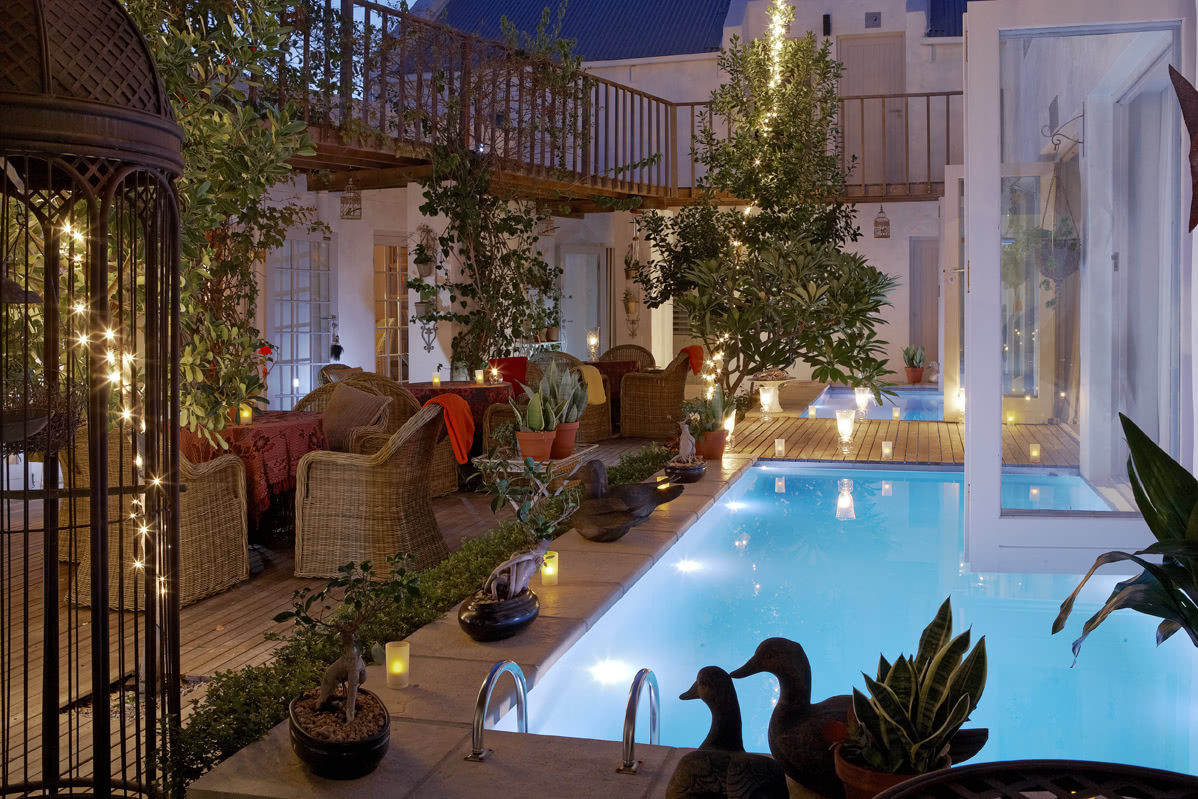
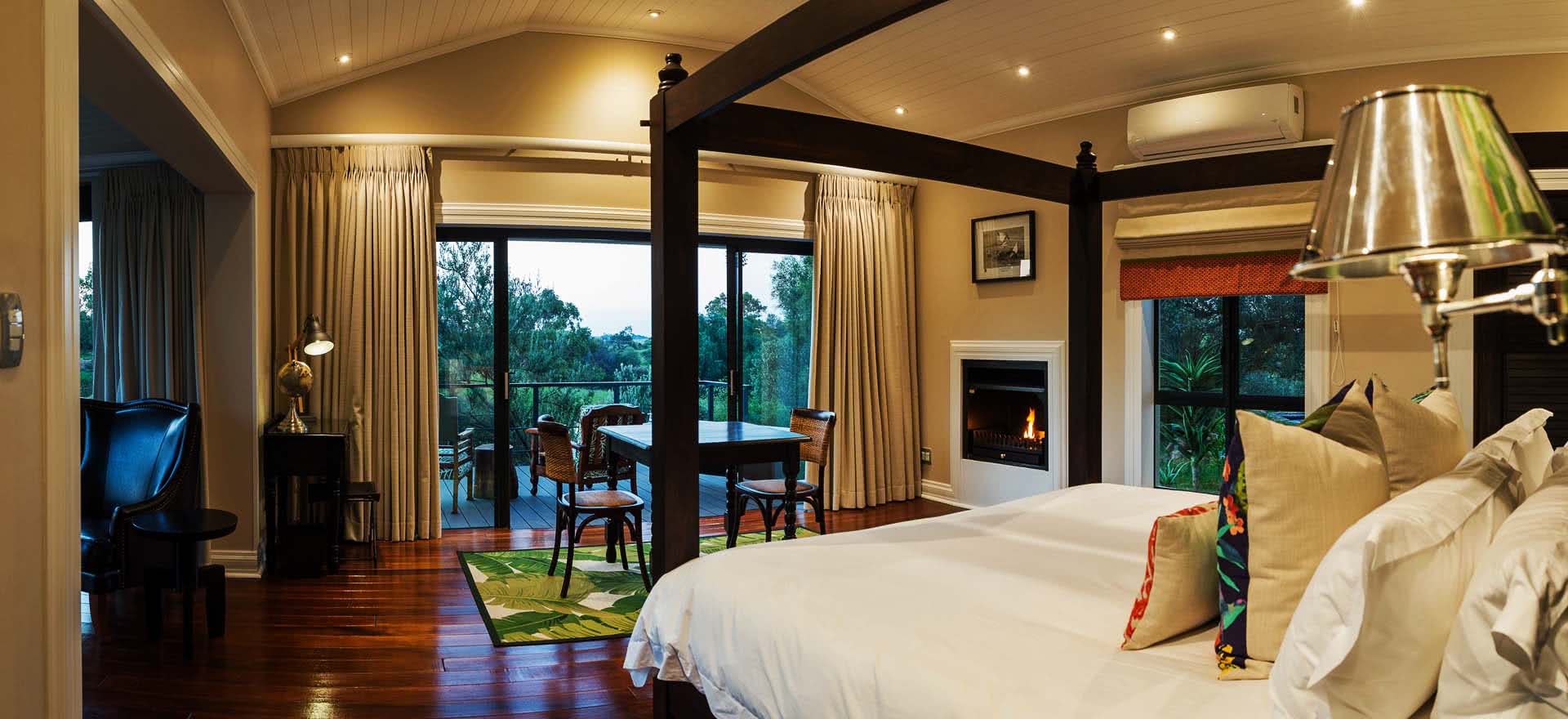
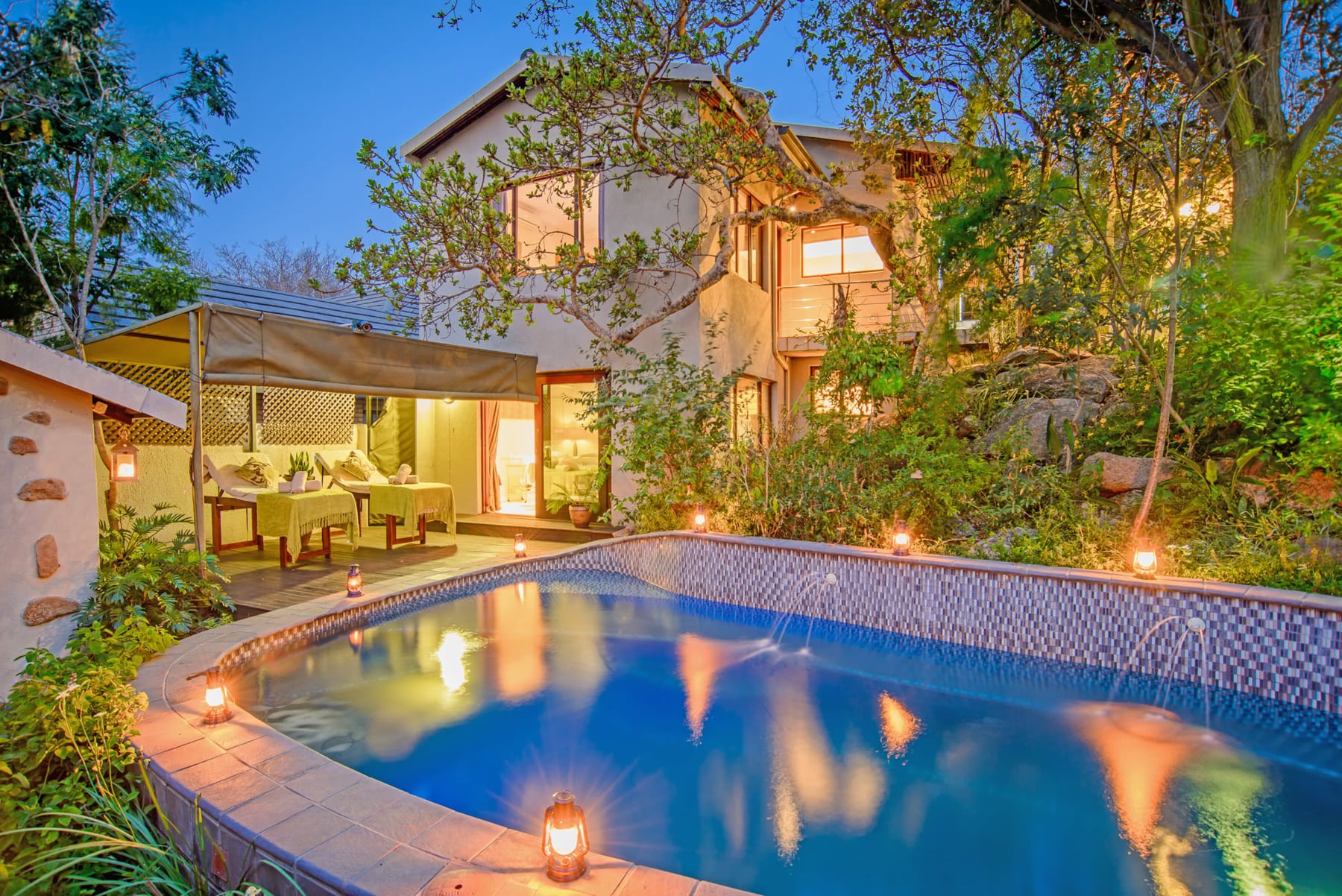




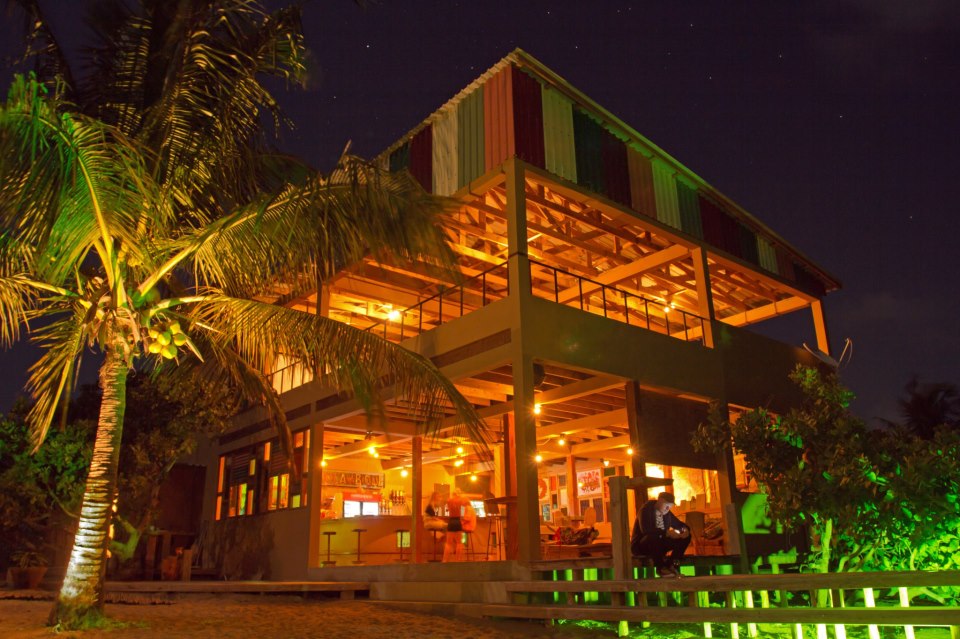




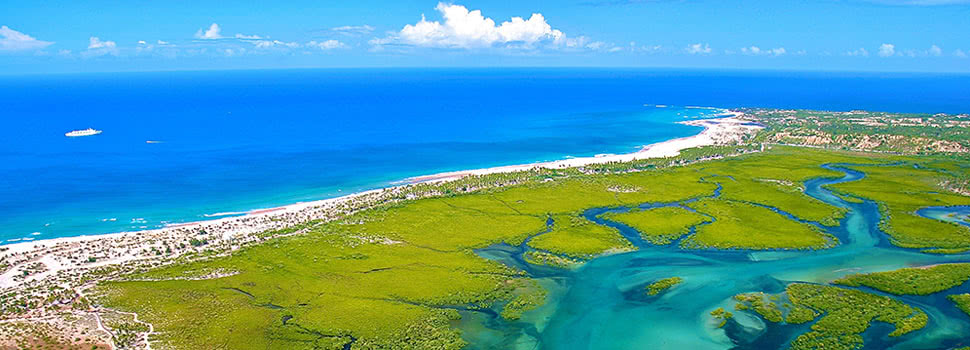
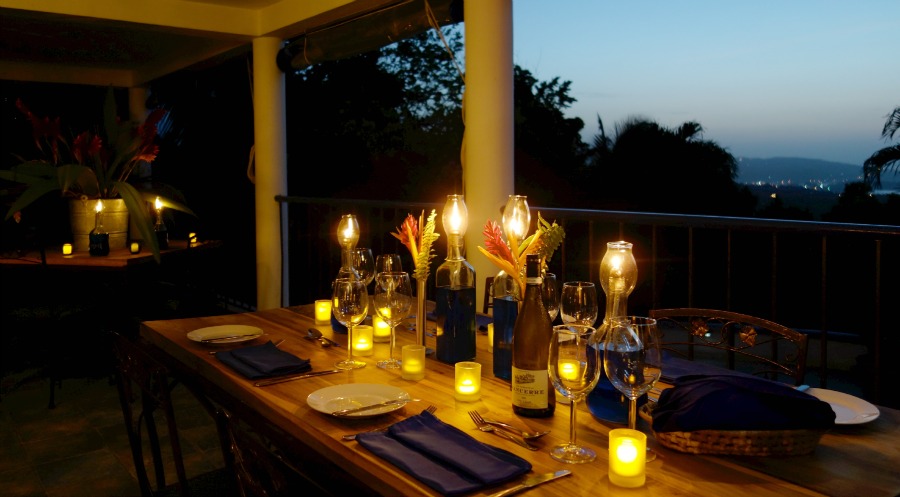



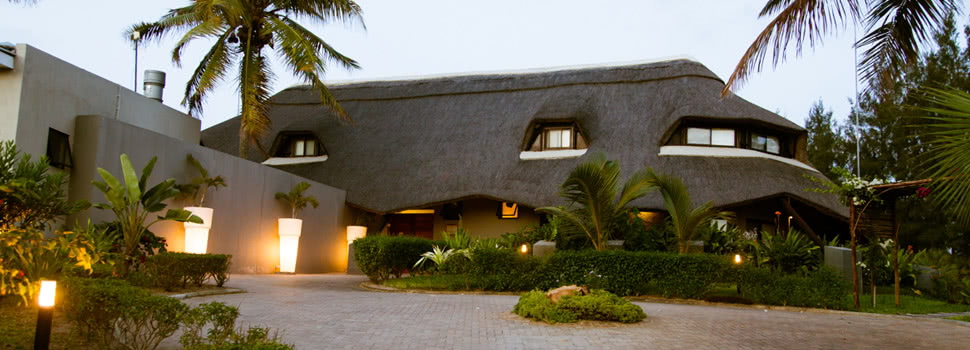



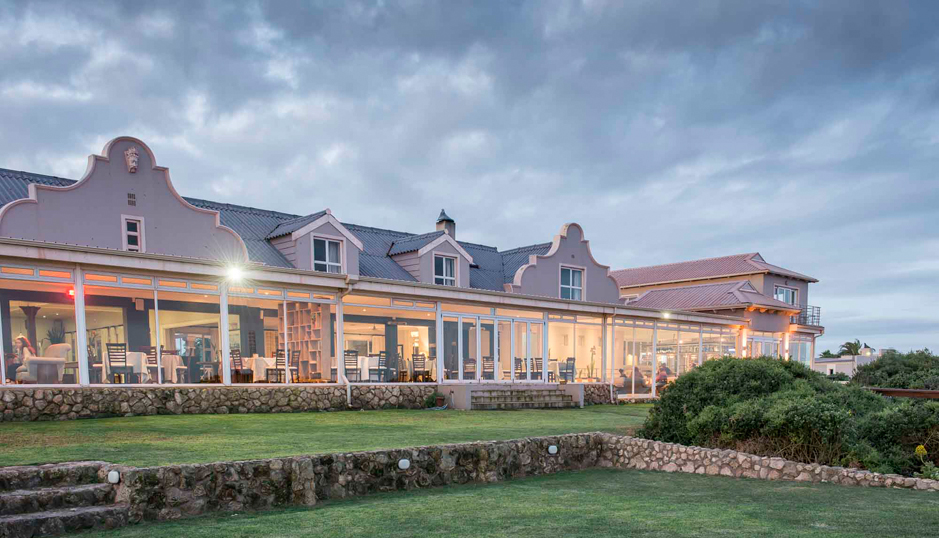


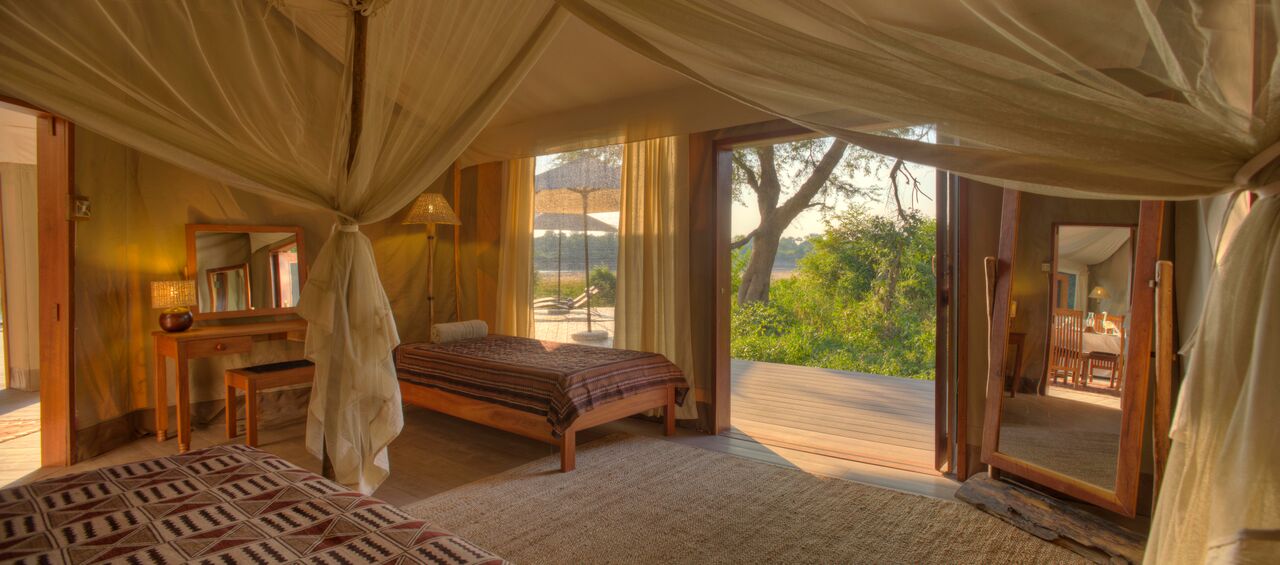


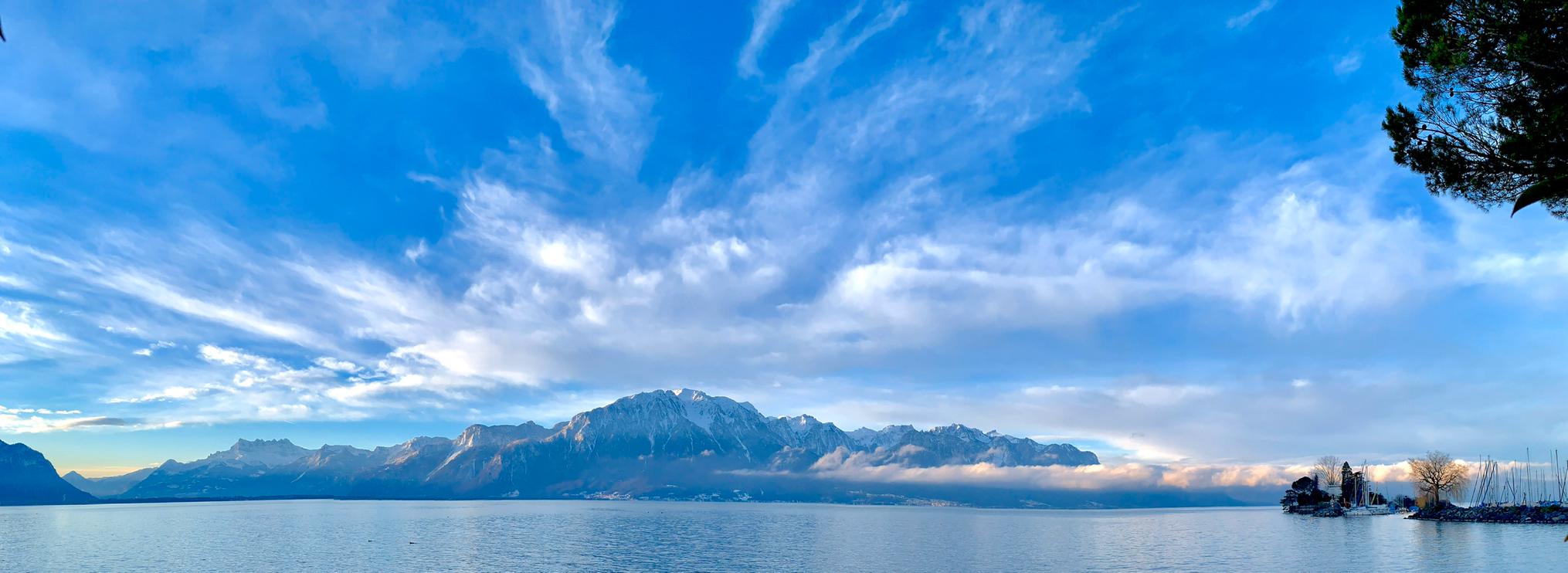


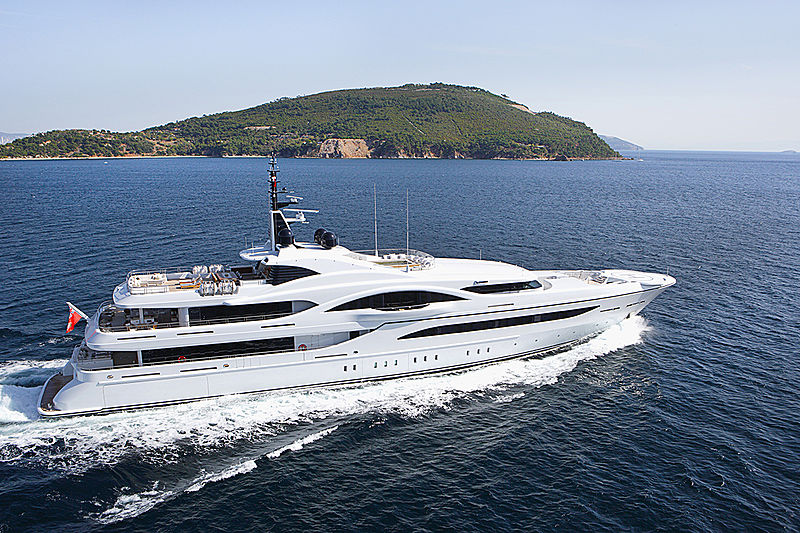














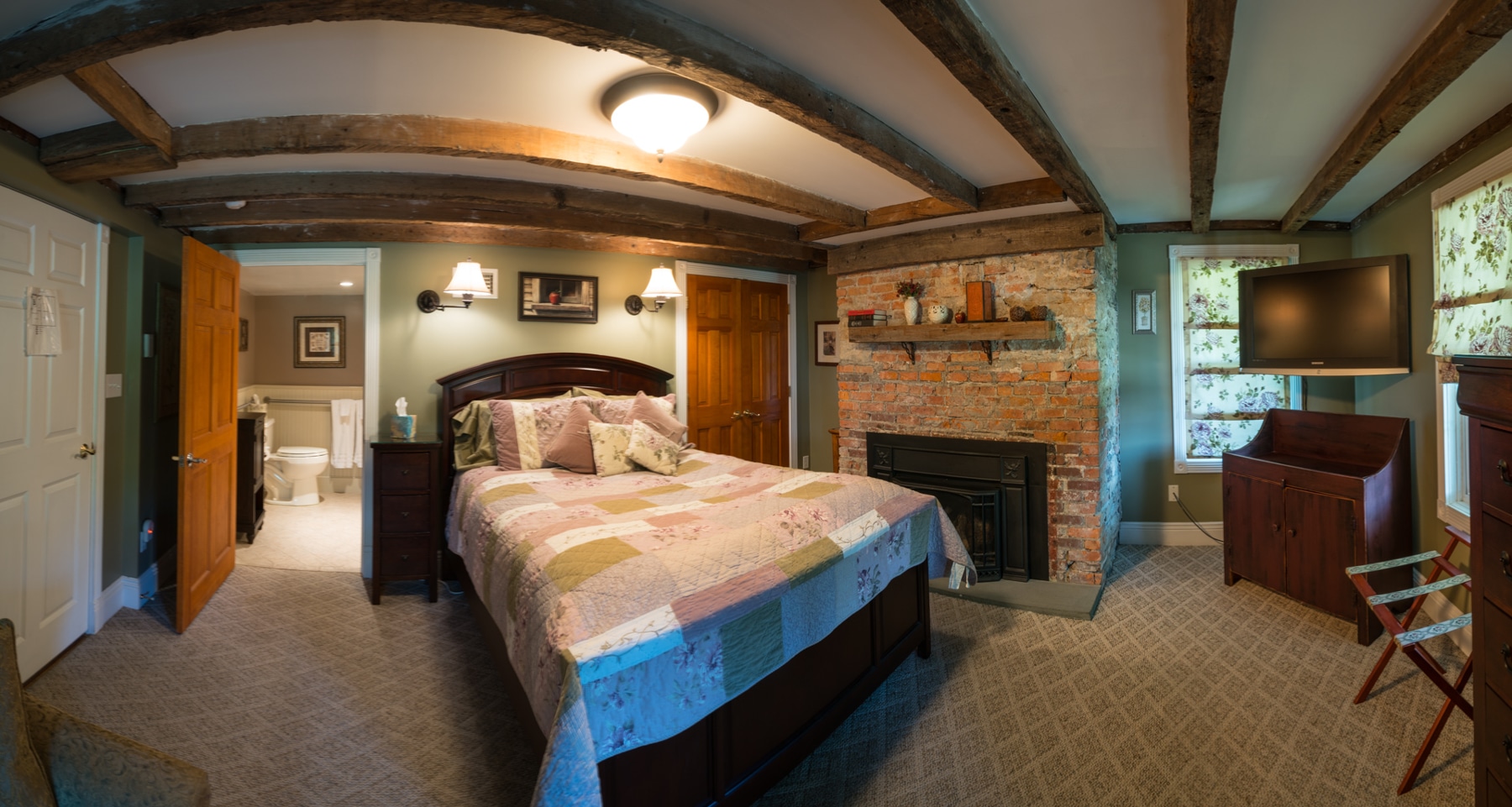






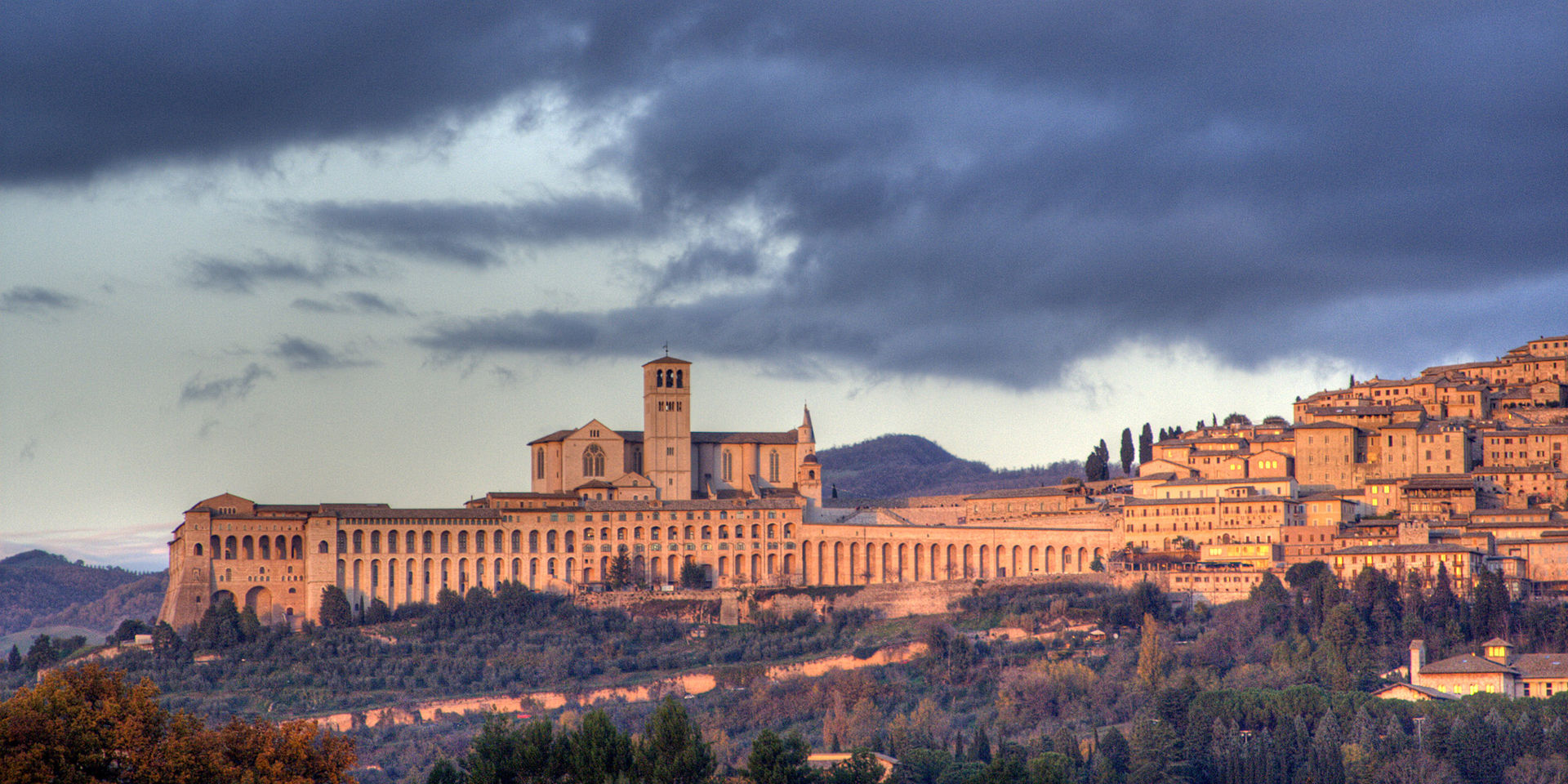
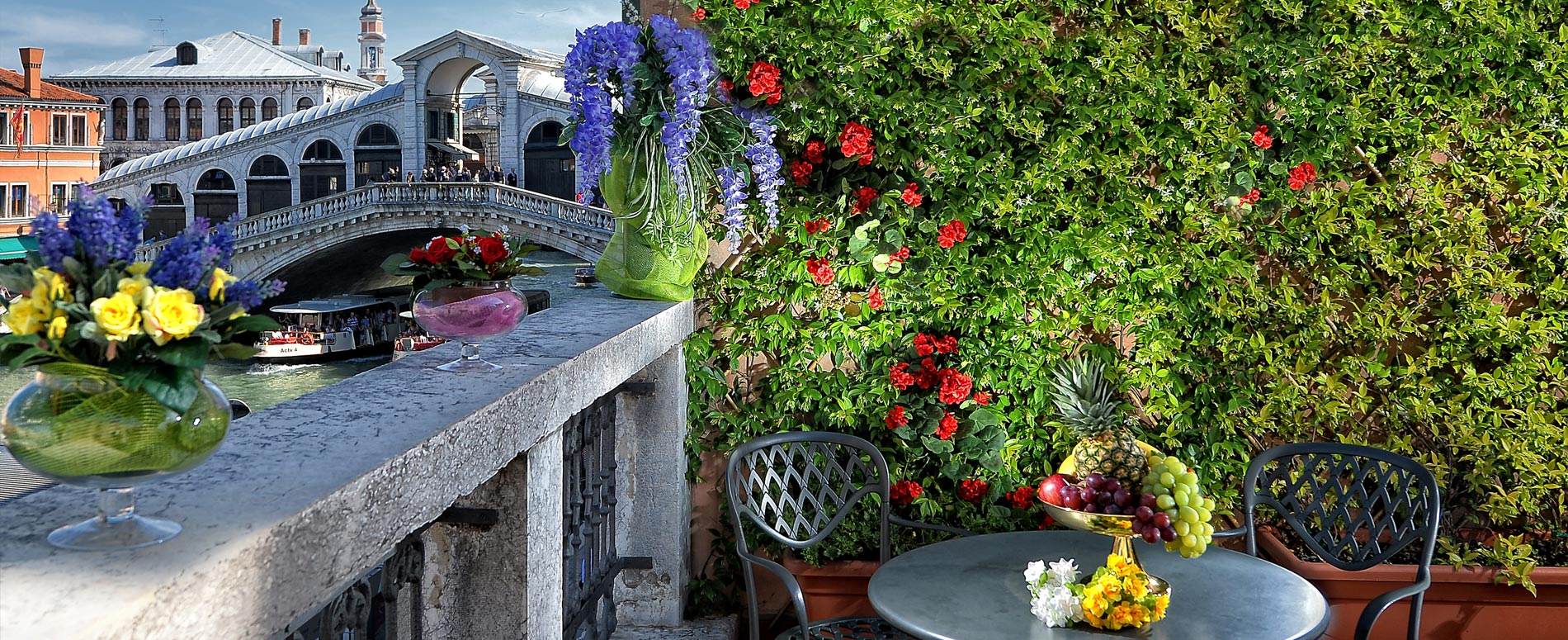






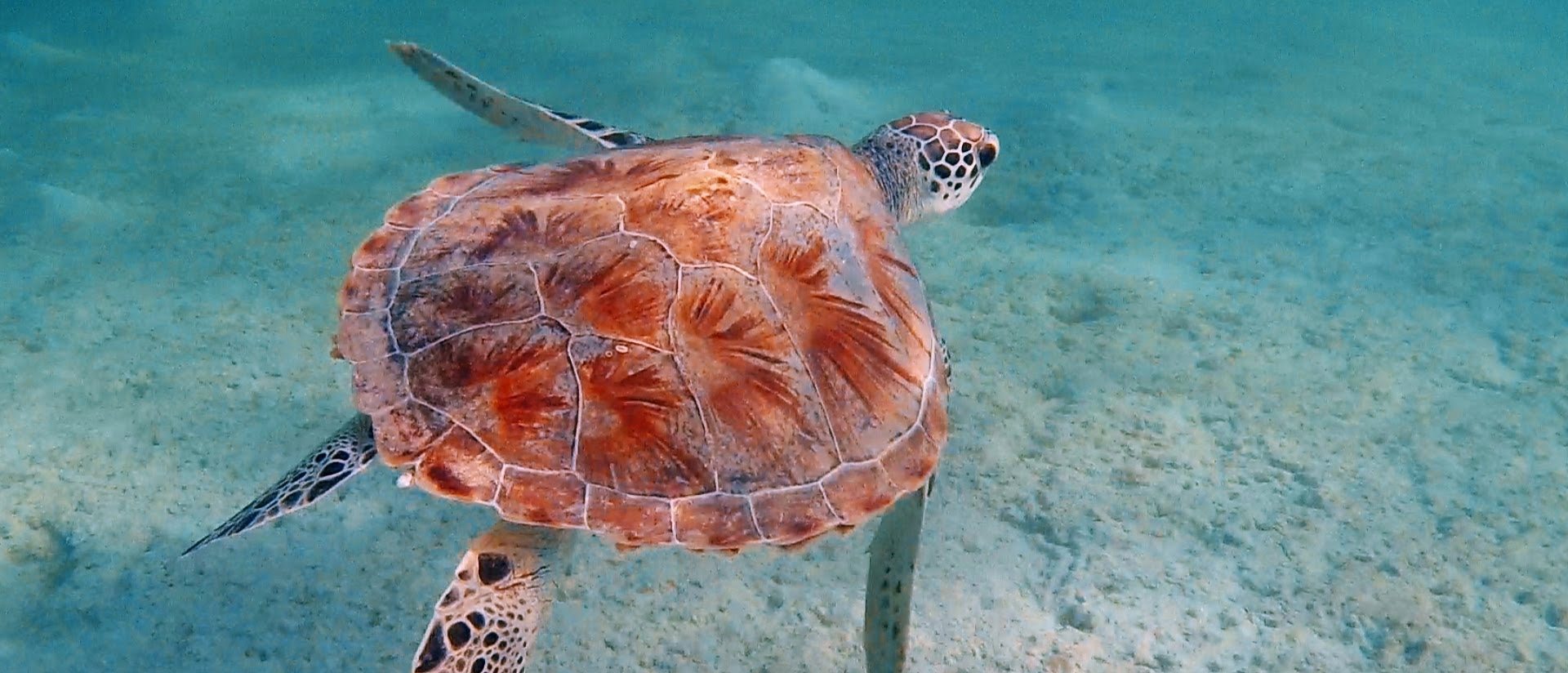

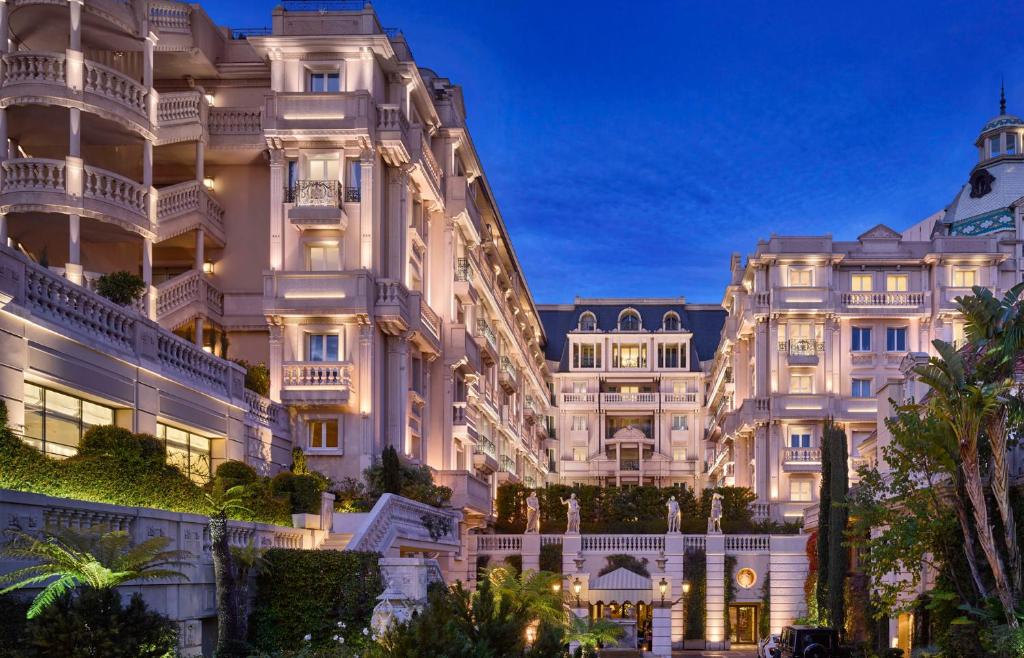

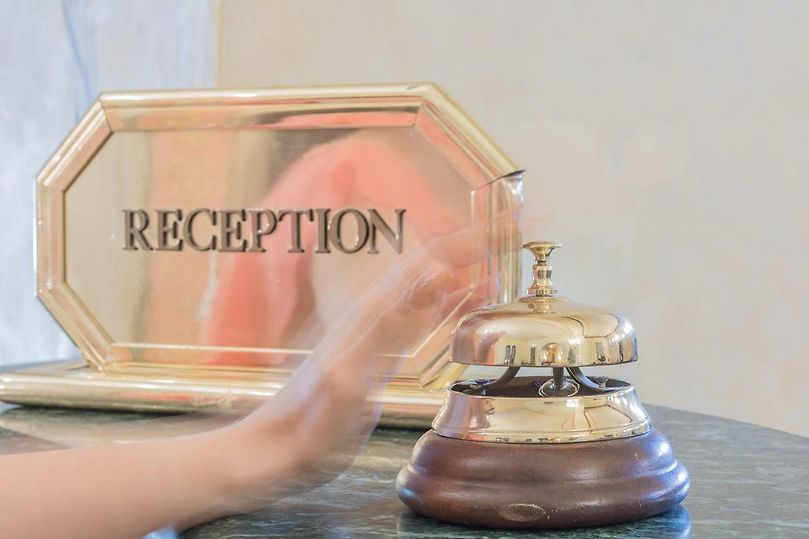

Capri, Capri Island, Campania, Italy
Agent: Giovanni Conti - (Italy, North and East Africa, Sri Lanka)
Agent Cellphone: +27 84 413 1071
Agent Office Number: +27 84 413 1071
Agent Email Address: giovanni@exquisitehotelconsultants.com
Type: Boutique Hotel
Bedrooms: 150
Bathrooms: 150
Showers: 150
Parking: 150
Yield: Not Disclosed
TGCSA Rating:

Capri is an island located in the Tyrrhenian Sea off the Sorrento Peninsula, on the south side of the Gulf of Naples in the Campania region of Italy. The main town Capri that is located on the island shares the name. It has been a resort since the time of the Roman Republic.
Some of the main features of the island include the Marina Piccola (the little harbour), the Belvedere of Tragara (a high panoramic promenade lined with villas), the limestone crags called sea stacks that project above the sea (the faraglioni), the town of Anacapri, the Blue Grotto (Grotta Azzurra), the ruins of the Imperial Roman villas, and the vistas of various towns surrounding the Island of Capri including Positano, Amalfi, Ravello, Sorrento, Nerano, and Naples.
Capri is part of the region of Campania, Metropolitan City of Naples. The town of Capri is a comune and the island's main population centre. The island has two harbours, Marina Piccola and Marina Grande (the main port of the island). The separate comune of Anacapri is located high on the hills to the west.
Etymology
The etymology of the name Capri is unclear; it might be traced back to the Ancient Greek κάπρος kápros meaning "wild boar", as the Greeks, who were the first recorded colonists to populate the island, called it Kapreai (Kαπρέαι).
But it could also derive from Latin capreae (goats). Fossils of wild boars have been discovered, lending credence to the "kápros" etymology; on the other hand, the Romans called Capri "goat island".
Finally, there is also the possibility that the name derives from an Etruscan word for "rocky," though any historical Etruscan rule of the island is disputed. Capri consists of limestone and sandstone rock; cliffs form much of the sides and surface of the island.
Government
The voters of the island elect representatives for the two municipalities (comuni) on the island. The chosen representatives then choose two mayors to govern with them.
History
The island has been inhabited since early times. Evidence of human settlement was discovered during the Roman era; according to Suetonius, when the foundations for the villa of Augustus were being excavated, giant bones and 'weapons of stone' were discovered. The emperor ordered these to be displayed in the garden of his main residence, the Sea Palace.
Modern excavations have shown that human presence on the island can be dated to the Neolithic and the Bronze Age. Augustus developed Capri; he built temples, villas, aqueducts, and planted gardens so he could enjoy his private paradise.
In his Aeneid, Virgil states that the island had been populated by the Greek people of Teleboi, coming from the Ionian Islands. Strabo says that "in ancient times in Capri there were two towns, later reduced to one. Tacitus records that there were twelve Imperial villas in Capri. Ruins of one at Tragara could still be seen in the 19th century.
Augustus' successor Tiberius built a series of villas at Capri, the most famous of which is the Villa Jovis, one of the best-preserved Roman villas in Italy. In 27 AD, Tiberius permanently moved to Capri, running the Empire from there until his death in 37 AD.
In 182 AD, Emperor Commodus banished his sister Lucilla to Capri. She was executed shortly afterwards.
Middle and Modern Ages
After the end of the Western Roman Empire, Capri returned to the status of a dominion of Naples, and suffered various attacks and ravages by pirates. In 866 Emperor Louis II gave the island to Amalfi. In 987 Pope John XV consecrated the first bishop of Capri, when Capri, Scala, Minori, and Lettere were made dioceses to serve as suffragans of Amalfi, which thereby became a metropolitan see. Capri continued to be a residential diocese until 1818, when the island became part of the archdiocese of Sorrento. No longer a residential bishopric, Capri, Capreae in Latin, is today listed by the Catholic Church as a titular see.
In 1496, Frederick IV of Naples established legal and administrative parity between the settlements of Capri and Anacapri. The pirate raids reached their peak during the reign of Charles V: the famous Turkish admirals Barbarossa Hayreddin Pasha and Turgut Reis captured the island for the Ottoman Empire, in 1535 and 1553 respectively.
The first recorded tourist to visit the island was French antiques dealer Jean-Jacques Bouchard in the 17th century. His diary, found in 1850, is an important information source about Capri.
1800s–present
In 1909–1911 Maxim Gorky lived on Capri at villa Behring (burgundy).
French troops under Napoleon occupied Capri in January 1806. The British ousted the French in the following May, after which Capri was turned into a powerful naval base (a "Second Gibraltar"), but the building program caused heavy damage to the archaeological sites. The French reconquered Capri in 1808, and remained there until the end of the Napoleonic era (1815), when Capri was returned to the Bourbon ruling house of Naples.
The natural scientist Ignazio Cerio catalogued Capri's flora and fauna during the 19th century. His work was continued by his son, author and engineer Edwin Cerio, who wrote several books on life in Capri in the 20th century.
Prior to the First World War the island was extremely popular with wealthy gay men. John Ellingham Brooks and Somerset Maugham shared a villa there. Friedrich Alfred Krupp, the German industrialist, was accused of homosexual orgies and eventually committed suicide.
Norman Douglas, Jacques d'Adelswärd-Fersen, Christian Wilhelm Allers, Emil von Behring, Curzio Malaparte, Axel Munthe, Louis Coatalen and Maxim Gorky are all reported to have owned a villa there, or to have stayed there for more than three months. Swedish Queen Victoria often stayed there because Axel Munthe was her doctor. Rose O'Neill, the American illustrator and creator of the Kewpie, owned the Villa Narcissus, formerly owned by the famous Beaux-Arts painter Charles Caryl Coleman. Dame Gracie Fields also had a villa and restaurant on the island and is buried there.
In 1908, Lenin was hosted by Maxim Gorky, the Russian author, at his house near the Giardini Augusto. In 1970, a monument by Giacomo Manzù was erected during the centennial celebration in Lenin's honour.
Capri, as with the Sicilian resort of Taormina, became "high on the list of places to be visited by homosexual northerners", according to Gregory Woods, Chair in Gay and Lesbian Studies. The history of Taormina was changed by the presence of Wilhelm von Gloeden, known for his homoerotic photography, whose studio from 1878-1931 drew many visitors to the town. Both Capri and Taormina were tolerant of gay men and artists, and there was much interchange between the two places. In December 1897 Oscar Wilde was planning to winter in Naples with his lover Lord Alfred Douglas; the couple made a short visit to Capri, but their presence proved too scandalous for even that liberal island ("They even denied us bread!"), so "Bosie" headed back to England and Wilde made his way to Taormina, where he spent time with von Gloeden.[11] Jacques d'Adelswärd-Fersen, who settled in Capri and built Villa Lysis, visited von Gloeden in 1923, bringing with him his schoolboy lover/secretary.
Today, Capri has become more of a resort and is visited by tourists during the summer months of July and August. Mariah Carey owns a villa on the island.
Cultural references
During the later half of the 19th century, Capri became a popular resort for European artists, writers and other celebrities. The book that spawned the 19th-century fascination with Capri in France, Germany, and England was Entdeckung der blauen Grotte auf der Insel Capri (Discovery of the Blue Grotto on the Isle of Capri) by the German painter and writer August Kopisch, in which he describes his 1826 stay on the island and his (re)discovery of the Blue Grotto.
John Singer Sargent and Frank Hyde are among the prominent artists who stayed on the island around the late 1870s. Sargent is known for his series of portraits featuring local model Rosina Ferrara. The English artist and adventurer, John Wood Shortridge, acquired a fortino at Marina Piccola in the 1880s, (later transformed into a private villa by Dame Gracie Fields) and married a Capri girl, Carmela Esposito. He formed a close friendship with the English novelist George Gissing who provides a colourful and insightful account of his stays with Shortridge in his Published Letters of George Gissing. In the Gissing Journal, vol. XXXV, no. 3 (July, 1999), p. 2. it is recorded that the only mention of him in a recent book, albeit partially inaccurate, occurs in James Money's Capri: Island of Pleasure (London: Hamish Hamilton, 1986, p. 42). Claude Debussy refers to the island's hills in the title of his impressionistic prélude Les collines d'Anacapri (1910). Capri is the setting for "The Lotus Eater" (1945), a short story by Somerset Maugham. In the story, the protagonist from Hendon, part of the borough of Barnet in London, comes to Capri on a holiday and is so enchanted by the place he gives up his job and decides to spend the rest of his life in leisure there. British novelist Compton Mackenzie lived there from 1913 to 1920, with later visits, and set some of his work on the island (e.g. Vestal Fire, 1927).
As well as being a haven for writers and artists, Capri served as a relatively safe place for foreign gay men and lesbians to lead a more open life; a small nucleus of them were attracted to live there, overlapping to some extent with the creative types mentioned above. Poet August von Platen-Hallermünde was one of the first. Jacques d'Adelswärd-Fersen wrote the roman à clef Et le feu s’éteignit sur la mer (1910) about Capri and its residents in the early 20th century, causing a minor scandal. Fersen's life on Capri became the subject of Roger Peyrefitte's fictionalised biography, L'Exilé de Capri. A satirical presentation of the island's lesbian colony is made in Mackenzie's 1928 novel Extraordinary Women, inspired by the affairs of American painter Romaine Brooks (in the novel, under the pseudonym of Olimpia Leigh). One of the island's most famous foreign gay exiles was Norman Douglas; his novel South Wind (1917) is a thinly fictionalised description of Capri's residents and visitors, and a number of his other works, both books and pamphlets, deal with the island, including Capri (1930) and his last work, A Footnote on Capri (1952).
Memoirs set on Capri include Edwin Cerio's Aria di Capri (1928) (translated as That Capri Air), which contains a number of historical and biographical essays on the island, including a tribute to Norman Douglas; The Story of San Michele (1929) by Swedish royal physician Axel Munthe (1857–1949), who built a villa of that name, and Shirley Hazzard's Greene on Capri: A Memoir (2000), containing her reminiscences of Graham Greene. Graham Greene had a house in the town of Anacapri, the upper portion of the island, where he lived with his lover Catherine Walston.
Main sights
Economy
Capri is a tourist destination for both Italians and foreigners. In the 1950s Capri became a popular resort. In summer, the island is heavily visited by tourists, especially by day-trippers from Naples and Sorrento. Many of these visitors make it a point to wear the Capri pants named after the destination. The centre of Capri is the Piazza Umberto I. Capri is home to the Mediterranean bush, the Arboreal Euphorbia, and the Ilex Wood. The native fauna on the island include quails, robins, peregrine falcons, woodcocks, blackbirds, geckos, red goldfish, conger eels, sargos, groupers, mullets, and the blue lizard of the Faraglioni.
Capri has twelve churches, seven museums and several monuments. The most visited attraction in Capri is the Grotta Azzurra (Blue Grotto), a cave discovered in the 19th century by foreign tourists. On one side of the grotto are the remains of ancient Roman rock, with a narrow cavern. As of 2018 there were plans to limit access to day tourists.
The international luxury linen clothing brand 100% Capri opened its first boutique in the main town of Capri in 2000.
Transport
Capri is served by ferry or hydrofoil from Naples, as well as other cities and towns. also by boat services from the ports of the Bay of Naples and the Sorrentine Peninsula. Boats arrive in the morning and leave after lunch (3–4 pm). Naples is served by two ports, Mergellina and Molo Beverello. Molo Beverello has a higher frequency of departures and a larger selection of boats than Mergellina.
From Naples, the ferry takes 80 minutes and the hydrofoil 40 minutes. From Sorrento, the ferry takes about 40 minutes while the hydrofoil takes about 20 minutes.
Boats call Marina Grande, from where the Capri funicular goes up to Capri town. From Anacapri, a chair lift takes passengers to Monte Solaro, the highest point on the island. There is also a bus service that connects the centre of Capri town with Marina Grande, Marina Piccola, Anacapri and other points.
Outside on the legendary terrace, famous and not-so-famous guests relax and watch the bustling crowds of visitors to the island of Capri passing by. Inside, a luxurious oasis of peace and tranquillity awaits, where shimmering chandeliers, polished marble floors, gilt-framed mirrors, and the warmest of welcomes immediately transports guests to another world.
The boutique-lined Via Camerelle skirts the hotel on one side, and the fragrant gardens overlooking the Mediterranean, complete with a scenic pool and an unforgettable view of the Faraglioni, welcome guests on the other. Glamour, luxury, privacy, and the natural beauty of Capri are the secret of this Grand Hotel's 150 years of success.
In the Heart of Capri
All visitors to the Island of Capri sooner or later find themselves in front of the iconic entrance to the grand hotel
Like the Piazzetta, this historic hotel is one of the island's most famous, beloved, and recognizable landmarks.
The hotel is located at the top of Via Camerelle, the picturesque lane where workshops of local artisans and boutiques of the best-known fashion designers sit side-by-side.
Near the Hotel
Capri: generations of artists have praised this enchanting island in songs, poems, and films, but the only way to truly experience the magic of Italy's Island of Capri is to see it in person.
Once here, you may never want to leave.
Rooms & Suites
Each of this Grand Hotel's luxurious, light-filled rooms welcomes guests with the effortless Mediterranean elegance for which this enchanting Italian island is famous.
Rooms and suites are decorated in various shades of white, the Hotel's trademark colour. Why white? Because it's the perfect backdrop for the lush green island, bright Mediterranean sky, and deep turquoise water framed by every window of the hotel.
Most rooms look out over the grounds surrounding the hotel swimming pool. Terraces in the suites boast spectacular views of the sea, the Faraglioni, the Charterhouse of San Giacomo and the Gardens of Augustus.
For those needing additional space and privacy, the Hotel has a luxury villa for exclusive use.
Suites have one or two bathrooms with a hydromassage tub.
Size: over 60 square metres.
Junior Suites have a sitting area and terrace facing the pool and park. They can accommodate up to 3 people.
Size: from 35 to 40 square metres.
Premier Deluxe rooms are particularly spacious and face onto the park and pool. They accommodate up to 3 people.
Size: from 30 to 34 square metres.
Deluxe rooms face the park and pool and open out onto a balcony or patio.
Size: from 18 to 20 square metres.
Superior rooms look out over the town of Capri and have a small balcony.
Size: from 23 square metres.
Standard rooms have windows facing the town of Capri.
Size: from 18 square metres.
In-room amenities
The villa
A luxury villa in central Capri for exclusive use.
If you're holidaying with the family or a group of friends and like the idea of having plenty of space and maximum privacy, you'll love the Hotel's private villa.
The Villa is located in the centre of Capri and comes complete with a range of exclusive services, including a butler at your disposal for the duration of your stay.
Crisp white walls, high vaulted ceilings and the same effortlessly elegant interiors for which the Hotel is famous: the Villa has all the features of Capri's most beautiful island homes and a full range of 5-star amenities too.
With 3 bedrooms, a garden and swimming pool, the Villa is the ideal choice if you're looking for comfort and privacy in downtown Capri.
The Taste of the Hotel
At the Hotel, there's a bar or restaurant perfect for anytime day or night, making sure you savour every moment of your holiday on Capri.
Breakfast, lunch, dinner: treat your palate to an unforgettable culinary experience at the Hotel's restaurants and bars.
The Hotel's poolside restaurant
A gorgeous spot where guests can sample traditional dishes from Capri, this restaurant serves fresh fish and seafood, flavourful pasta, and fragrant Neapolitan pizza cooked in a traditional wood-burning oven.
Casual and chic, the restaurant is the ideal choice for a leisurely lunch between a swim in the pool and a nap in the Italian sun.
The Hotel's dining room
A new all-white design, cabinets filled with prestigious vintages, and floor-to-ceiling windows overlooking Capri's boutique-lined Via Camerelle: the dining room of the Hotel's main restaurant.
Open only for dinner, this intimate restaurant is particularly popular for dining by candlelight, enjoying delicious cuisine and a truly unique view of Capri's most fashionable street by night.
During the summer season, it is possible to dine on the terrace with a view of The Faraglioni.
The breakfast room
This is where the Hotel's legendary buffet breakfast is served. Each morning, you'll be greeted by a mouth-watering display of freshly baked croissants and any number of irresistible sweet and savoury treats.
A drink at the Hotel
For many, Capri is at its most magical in the evening, when the last ferry full of day-trippers has left, leaving the island to locals and visitors lucky enough to be staying overnight. Evenings in which to stroll town as the sun sets and fall in love to the sound of live piano music and the clinking of cocktail glasses on the terrace of the Bar.
Facing Via Camerelle, Capri's celebrity catwalk, this is the place to be and be seen in Capri. Live piano music, excellent cocktails, and glassfuls of glamour...
The Lounge
The best bubbles on Capri? Only the finest champagne is served on Hotel's terrace, home to the first Krug Lounge in Italy.
The Spa: the temple of wellness
The Spa ("here one heals"), is a commitment to our guests' wellbeing. From its conception in 1845, Capri's Hotel was designed to provide a place in which to regenerate, restore natural equilibrium, and improve physical fitness. Inspired by both contemporary concepts of wellness and the thermal traditions of the Ancient Romans, who favoured Capri as their holiday island, the Spa offers guests an exclusive environment in which to indulge in the finest beauty and wellness treatments and rediscover the harmony and serenity so essential to wellbeing.
Today Spa offers exclusive treatments in our elegant and luxurious oasis, where peace, comfort, knowledge and personalized attention create a memorable Spa experience.
Destination weddings at the Hotel
We organize unforgettable destination weddings in the most spectacular locations on Capri.
Breathtakingly beautiful wedding venues and an impeccable wedding planner service.
Your love is unique...we'll make sure your wedding is, too!
Your perfect Capri destination wedding at the Hotel. An idyllic Italian island and an iconic luxury hotel.
Our professional wedding planners will make your dream wedding come true.
Locations for the marriage ceremony
Religious weddings: Capri has a number of Catholic churches and a small Evangelist church. Other kinds of religious services can be held in any of a number of scenic locations on the island.
Civil weddings: Capri town hall or Anacapri town hall.
Symbolic Weddings: to be celebrated in the Hotel or in an outside location.
Meetings at the Hotel
Business meetings are more successful when they're hosted in a venue like the Hotel.From a large 350 seat theatre for conferences to small and elegant function rooms for boardroom meetings and workshops:
The Hotel has the perfect venue for every business event. Whatever the event, the Hotel will provide a dedicated coordinator to follow the proceedings from start to finish.
The Hotel provides:
A vast range of additional event equipment is available for rent. A dedicated coordinator will be present for the duration of the event.












































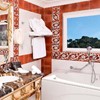



Cliff Jacobs (Nat Dpl Hotel Man (UJ). MPRE. GA Level 5 TEFL) Managing Principal / CEO Exquisite Hotel Consultants (Pty) Ltd Mobile: +27 (0) 84 413 1071 / +27 (0) 61 716 6951 Email: cliff@exquisitehotelconsultants.com Web: https://www.exquisitehotelconsultants.com © All rights reserved Terms and Conditions apply Scroll down to view our Hospitality Properties and Businesses for sale or lease or lease-to-buy or partnership arrangement or management agreement arrangement.
